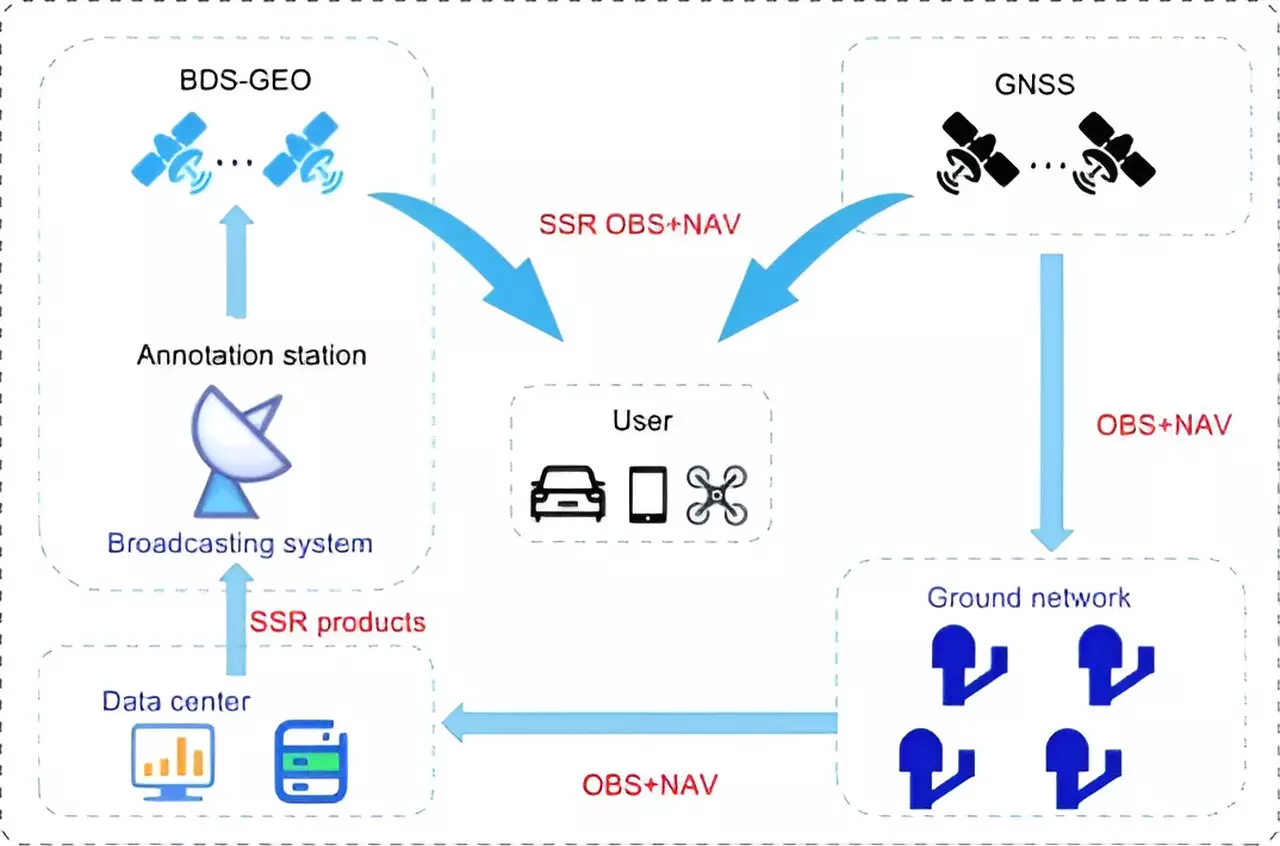The BeiDou Navigation Satellite System (BDS) is currently undergoing a substantial upgrade to cater to the increasing requirements for high-precision positioning in diverse sectors. The new services being developed aim to offer decimeter-level accuracy within minutes, marking a significant improvement over existing capabilities. This enhancement is particularly crucial for cutting-edge technologies such as autonomous driving, robotic navigation, and smart city infrastructures, all of which heavily rely on accurate and reliable location data for efficient operation.
While traditional systems like the Global Positioning System (GPS), GLObal NAvigation Satellite System (GLONASS), and Galileo have set high standards in the field of navigation satellite systems, they continue to encounter challenges such as limited regional coverage and lengthy convergence times. These shortcomings underscore the pressing need for advanced navigation satellite systems to address the evolving demands of modern applications.
The BeiDou Navigation Satellite System (BDS) is poised to tackle these challenges by enhancing its high-precision services, positioning itself as a key player in the global positioning sphere. A recent study carried out by researchers from the Beijing Institute of Tracking and Telecommunication Technology, in collaboration with the Shanghai Astronomical Observatory and Wuhan University, delves into the high-precision services offered by the BeiDou system. Published in the journal Satellite Navigation on 24 June 2024, the study provides insights into the current state, achievements, and future trajectory of the BeiDou system.
The study specifically focuses on the PPP-B2b of BDS-3, which promises decimeter-level accuracy within 14 minutes. Despite the strides made by BDS-3, it still trails behind international counterparts like Galileo’s High Accuracy Service (HAS) and the Quasi-Zenith Satellite System’s (QZSS’s) Centimeter-Level Augmentation Service (CLAS) in terms of regional coverage and convergence time. To address these limitations, the research suggests a multi-layer development framework that emphasizes the incorporation of low Earth orbit (LEO) satellites.
The integration of a LEO constellation consisting of 288 satellites holds the potential to significantly enhance positioning accuracy to less than 5 cm in around 1 minute. This move not only improves global coverage but also drastically reduces convergence time. Simulation results indicate that LEO-enhanced PPP services can deliver swift and precise positioning, surpassing current constraints and positioning BeiDou as a frontrunner in high-precision satellite navigation.
Dr. Xingxing Li from Wuhan University emphasizes the pivotal nature of the advancements in BeiDou’s high-precision services in meeting the escalating demands of contemporary navigation applications. The integration of LEO satellites emerges as a particularly promising step, enhancing coverage and reducing convergence time, thereby inching closer to achieving real-time, centimeter-level positioning accuracy globally. The enhanced high-precision services of the BeiDou Navigation Satellite System hold profound implications for a range of applications, encompassing autonomous driving, unmanned aerial vehicles, and smart device navigation.
The evolution of the BeiDou Navigation Satellite System towards high-precision positioning marks a significant milestone in the realm of global navigation satellite systems. By addressing existing challenges and implementing innovative solutions such as LEO satellites, BeiDou is solidifying its position as a leader in providing accurate and reliable positioning services to meet the dynamic needs of modern applications.


Leave a Reply